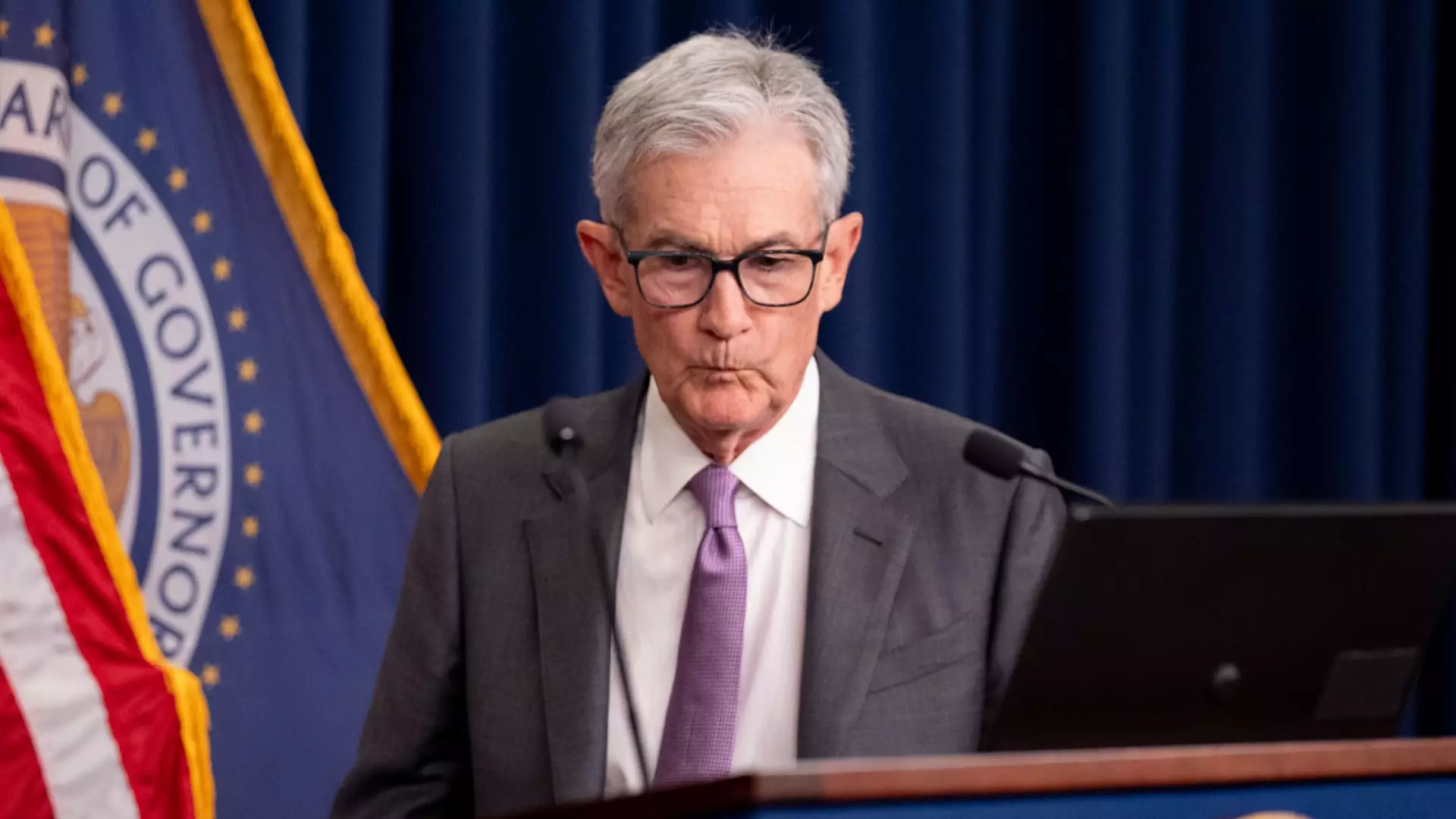As the Federal Reserve contemplates the possibility of lowering interest rates, certain segments of the market are becoming increasingly impatient. Claudia Sahm, chief economist at New Century Advisors, expressed her concerns on CNBC regarding the delay in initiating a gradual reduction in interest rates. Sahm, known for creating the Sahm Rule to predict recessions based on changes in the inflation rate, believes that the Fed’s hesitance to adjust monetary policy could push the economy towards a recession.
Challenges with the Sahm Rule
The Sahm Rule indicates that when the three-month average of the unemployment rate surpasses its 12-month low by half a percentage point, the economy is in a recession. With the current jobless rate at 4.1%, which is close to the threshold set by the rule, Sahm emphasizes the importance of the Fed taking proactive measures to prevent an economic downturn. She argues that maintaining high-interest rates unnecessarily poses a risk to economic stability.
In response to questions about the Sahm Rule, Fed Chair Jerome Powell dismissed the applicability of the rule in the current scenario. Powell referred to the strong job market and the gradual decrease in wage growth as indicators of a normalizing labor market. He expressed confidence in the Fed’s ability to respond effectively to any unforeseen changes in economic conditions. Powell’s comments suggest a cautious approach to rate cuts, contrary to market expectations.
Despite the Fed’s reluctance to reduce rates, financial markets are anticipating a series of rate cuts starting in September. Market participants are pricing in a quarter percentage point reduction, followed by additional cuts in November and December. There is a heightened probability of a substantial decrease in the fed funds rate by year-end, as indicated by the CME Group’s FedWatch gauge. The market’s forecast diverges from the cautious stance adopted by the Fed, reflecting a divergence in expectations between policymakers and investors.
Risk of Recession
Notable investors, including DoubleLine CEO Jeffrey Gundlach, have expressed concerns about the Fed’s resistance to lowering rates. Gundlach, drawing on his decades of experience, warns that the Fed’s reluctance to adjust rates could precipitate a recession. He anticipates a more pronounced decline in rates than what the Fed has outlined in its projections. With deteriorating employment data and subdued inflation, Gundlach advocates for a more aggressive approach to rate cuts to stimulate economic growth.
Potential Rate Cuts
Gundlach envisions a scenario where the Fed may need to reduce rates by as much as 1.5 percentage points over the next year. This projection is significantly higher than the Fed’s current guidance and reflects the growing concerns about economic conditions. Gundlach emphasizes the importance of considering real interest rates and the room for rate adjustments without undermining economic stability. His perspective underscores the need for a proactive and decisive approach to monetary policy adjustments.
The impatience in the market regarding potential interest rate reductions reflects the divergent views between policymakers and investors. While the Fed remains cautious about reducing rates, market participants are pricing in significant cuts to stimulate economic growth. The ongoing debate highlights the challenges faced by central banks in navigating uncertain economic conditions and underscores the importance of proactive and effective monetary policy decisions.

Leave a Reply